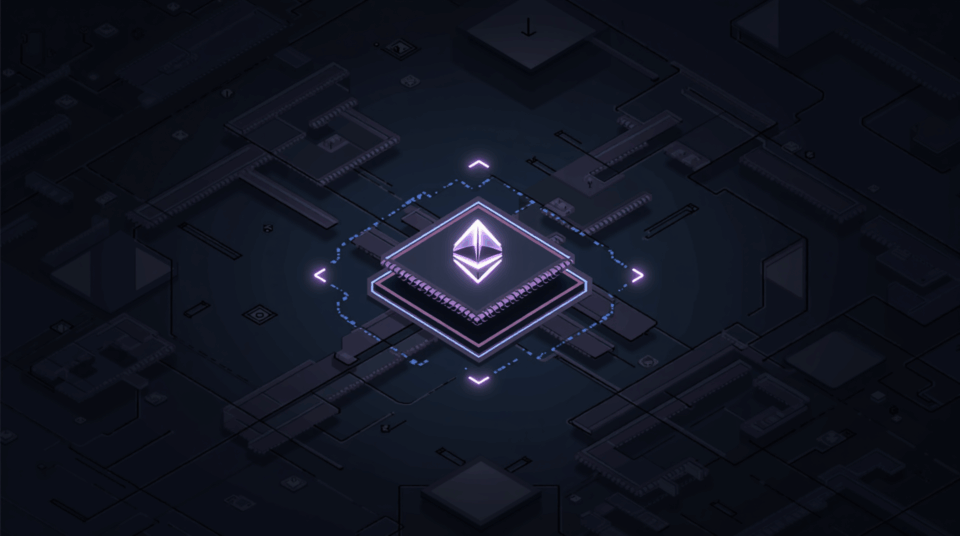Ethereum developers have scheduled the Fusaka upgrade for December 2025, an update designed to increase network performance as a settlement layer. The focus is on increasing blob capacity and reducing costs for Layer 2 solutions, with direct implications for validators, rollup teams, institutional custody providers, and product managers.
Fusaka serves as a technical continuation of EIP‑4844 (Proto‑Danksharding) and the recent Pectra upgrade, consolidating improvements aimed at optimizing data bandwidth and economic incentives on the base layer.
Technical Scope and Objectives
The main goal is to turn Ethereum into a higher-performance settlement layer through increased data capacity and optimized data availability. Key objectives include:
-
Increased blob capacity per block, continuing the trajectory set by EIP‑4844.
-
Up to 48 blobs per block, reinforcing data throughput for rollups.
-
Integration of Peer Data Availability Sampling (PeerDAS), allowing nodes to verify data availability via sampling rather than full downloads, reducing computational load.
Operational and Economic Impact
Fusaka prioritizes rollups: by expanding data bandwidth and optimizing availability, these solutions can process more transactions at lower cost, impacting liquidity and enabling microtransaction-based models.
-
Adoption and cost: higher blob throughput would support lower fees for rollup users, enabling new low-cost use cases.
-
Liquidity and scaling: more data capacity allows rollups to increase transaction volume and enhance user experience, strengthening competitiveness.
-
Economic risk and incentives: the community is debating optimizations in EIP‑7623, EIP‑7691, and EIP‑7762 to align blob usage with settlement layer revenue. As Doug Colkitt noted, “even with blob utilization near 80%, the settlement layer does not benefit in revenue.”
-
Node operations: PeerDAS reduces CPU and bandwidth requirements, but requires changes to client design and verification strategies, demanding operator adaptation.

Key Points
-
Expected date: December 2025 (community cites December 3).
-
Technical goal: up to 48 blobs per block and PeerDAS.
-
Focus: optimize performance for rollups and reduce costs.
-
Economics: active debate on incentives and revenue capture on the base layer.
Fusaka is an intermediate step toward larger improvements, such as Verkle trees, and a rethink of data incentives. The next milestone will be its deployment in December 2025 and the definition of how improvements in EIP‑7623/EIP‑7762 will translate higher bandwidth into economic benefits for the settlement layer.

